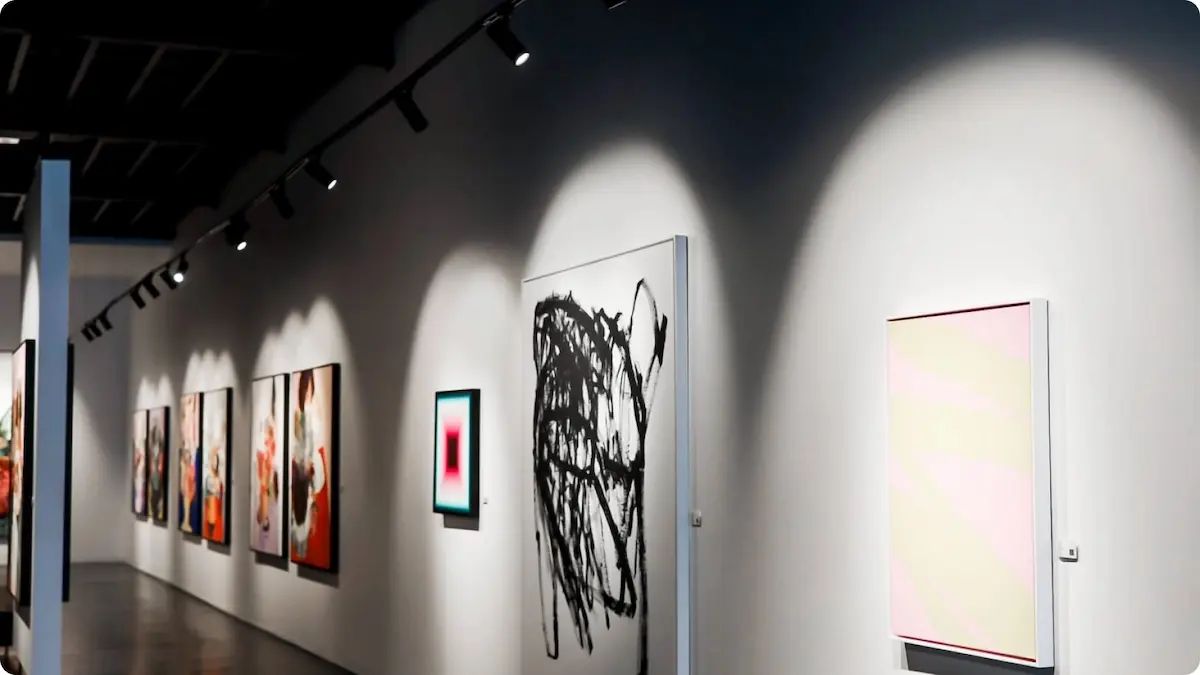Recent Posts
-
Installing Spotlights in Ceiling | Obals Expert Guide
Learn the expert steps and best practices for installing spotlights in your ceiling. Discover the benefits, tools needed, and tips for achieving a professional look.
06/21/2024
-
Warm White Versus Cool White | Expert Lighting Guide
Discover the differences between warm white and cool white lighting. Learn from industry experts about their applications, benefits, and how to choose the right color temperature for your space.
06/21/2024
-
Under Cabinet Lighting Kitchen | Expert Guide
Explore the benefits and best practices for installing under cabinet lighting in your kitchen. Learn from industry experts about types, installation tips, and design ideas to optimize your kitchen lighting.
06/20/2024
-
Screwfix LED Downlights | Expert Lighting Guide
Discover the advantages and best practices for installing Screwfix LED downlights. Learn from industry experts about their features, benefits, and tips for optimizing your lighting setup.
06/20/2024
-
Modern Lighting Factory | Expert Insights
Explore the advancements and benefits of modern lighting factories. Learn from industry experts about the latest technologies, manufacturing processes, and design trends in the lighting industry.
06/19/2024
-
Ceiling Spotlights LED | Expert Lighting Guide
Discover the benefits and best practices for installing LED ceiling spotlights. Learn from industry experts about the types, advantages, and design tips for optimizing your LED spotlight setup.
06/18/2024
Warm White vs. Soft White Lighting | Professional Insights
Understanding Warm White vs. Soft White Lighting
In the realm of commercial lighting, choosing the right color temperature for your space is essential. Warm White and Soft White lighting are two popular choices, each with its unique characteristics. In this comprehensive guide, we'll delve into the expert insights, explore the differences between these lighting options, and help you make informed decisions for your lighting needs.
Demystifying Warm White and Soft White
Warm White and Soft White are terms used to describe the color temperature of light produced by different types of bulbs. Here's what you need to know:
Warm White: This lighting resembles the warm, cozy glow of traditional incandescent bulbs and typically falls in the 2700K to 3000K range on the Kelvin scale.
Soft White: Soft White is often used interchangeably with Warm White and offers a similarly inviting ambiance. It usually ranges from 3000K to 3500K.
Differences and Applications
Understanding the differences between these two lighting options can help you choose the right one for your commercial space:
Warm White: Ideal for spaces where a cozy, inviting atmosphere is desired, such as restaurants, hotels, and residential settings. It complements warm color schemes and wooden interiors.
Soft White: Offers a slightly brighter and whiter light, making it suitable for retail stores, offices, and spaces where a more functional and well-lit environment is needed.
Considerations for Your Space
When selecting between Warm White and Soft White lighting, consider the following factors:
Intended Ambiance: Think about the mood you want to create in your space. Warm White provides a cozy, intimate ambiance, while Soft White leans toward a cleaner, more functional look.
Interior Design: Take into account your interior decor and color schemes. Warm White works well with warm colors, while Soft White complements neutral and cooler color palettes.
Task Lighting: Consider the tasks performed in the space. Soft White is often preferred for tasks that require attention to detail, such as reading or working.
Choosing the Right Lighting
Ultimately, the choice between Warm White and Soft White lighting depends on the specific needs and ambiance you want to create in your commercial space. Understanding the differences and considering your interior design and functionality requirements will guide you to the right lighting solution.
Contact us for expert assistance in choosing the perfect lighting for your commercial space.

